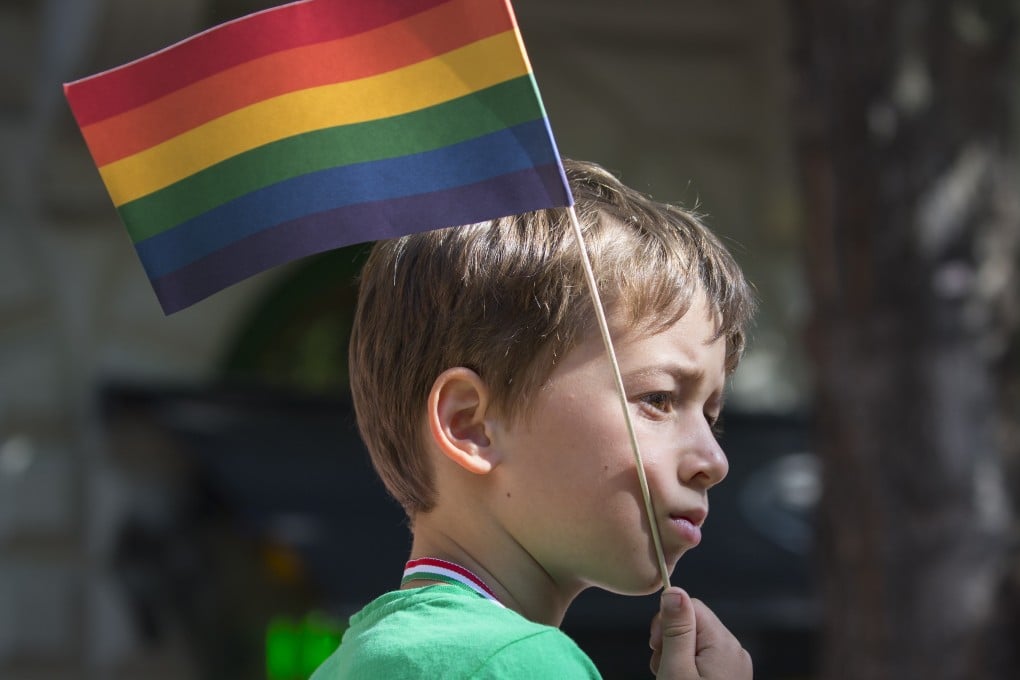LGBT children’s book will help kids understand more about their sexuality and identity, by using the alphabet, poems, and illustrations
- Matt Webb, the author of a new ABC book that highlights LGBT terms, says the idea came about when he contemplated the future of his newborn nephew
- Webb had been five years old when he ‘realised he was different from his brothers’

Matt Webb, 33, was five years old when he became aware of his gender identity and sexual orientation.
The native of the US state of Tennessee said he was in karate class when he realised he was different from his brothers.
“I didn’t know what to do, I didn’t know what was happening, and I remember being very scared and vulnerable,” he said. “I couldn’t tell anybody and ask, ‘What’s this mean?’”
Three years ago, when Webb, a graphic designer and illustrator, was holding his newborn nephew, he again felt paralysed with fear.
“I thought, ‘Oh, no … I came from a small, conservative town in Tennessee. What if he grows up here [in Tennessee], and what if he’s gay? What if he’s bi? What if he identifies as LGBT [lesbian, gay, bisexual, and transgender]? What will happen to him?’” Webb said.